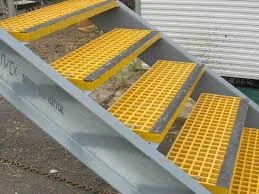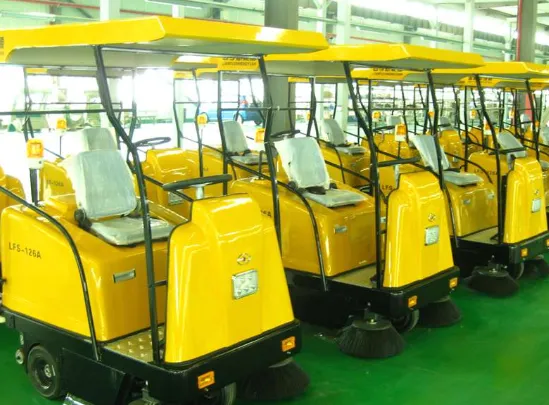
-
 Afrikaans
Afrikaans -
 Albanian
Albanian -
 Amharic
Amharic -
 Arabic
Arabic -
 Armenian
Armenian -
 Azerbaijani
Azerbaijani -
 Basque
Basque -
 Belarusian
Belarusian -
 Bengali
Bengali -
 Bosnian
Bosnian -
 Bulgarian
Bulgarian -
 Catalan
Catalan -
 Cebuano
Cebuano -
 China
China -
 China (Taiwan)
China (Taiwan) -
 Corsican
Corsican -
 Croatian
Croatian -
 Czech
Czech -
 Danish
Danish -
 Dutch
Dutch -
 English
English -
 Esperanto
Esperanto -
 Estonian
Estonian -
 Finnish
Finnish -
 French
French -
 Frisian
Frisian -
 Galician
Galician -
 Georgian
Georgian -
 German
German -
 Greek
Greek -
 Gujarati
Gujarati -
 Haitian Creole
Haitian Creole -
 hausa
hausa -
 hawaiian
hawaiian -
 Hebrew
Hebrew -
 Hindi
Hindi -
 Miao
Miao -
 Hungarian
Hungarian -
 Icelandic
Icelandic -
 igbo
igbo -
 Indonesian
Indonesian -
 irish
irish -
 Italian
Italian -
 Japanese
Japanese -
 Javanese
Javanese -
 Kannada
Kannada -
 kazakh
kazakh -
 Khmer
Khmer -
 Rwandese
Rwandese -
 Korean
Korean -
 Kurdish
Kurdish -
 Kyrgyz
Kyrgyz -
 Lao
Lao -
 Latin
Latin -
 Latvian
Latvian -
 Lithuanian
Lithuanian -
 Luxembourgish
Luxembourgish -
 Macedonian
Macedonian -
 Malgashi
Malgashi -
 Malay
Malay -
 Malayalam
Malayalam -
 Maltese
Maltese -
 Maori
Maori -
 Marathi
Marathi -
 Mongolian
Mongolian -
 Myanmar
Myanmar -
 Nepali
Nepali -
 Norwegian
Norwegian -
 Norwegian
Norwegian -
 Occitan
Occitan -
 Pashto
Pashto -
 Persian
Persian -
 Polish
Polish -
 Portuguese
Portuguese -
 Punjabi
Punjabi -
 Romanian
Romanian -
 Russian
Russian -
 Samoan
Samoan -
 Scottish Gaelic
Scottish Gaelic -
 Serbian
Serbian -
 Sesotho
Sesotho -
 Shona
Shona -
 Sindhi
Sindhi -
 Sinhala
Sinhala -
 Slovak
Slovak -
 Slovenian
Slovenian -
 Somali
Somali -
 Spanish
Spanish -
 Sundanese
Sundanese -
 Swahili
Swahili -
 Swedish
Swedish -
 Tagalog
Tagalog -
 Tajik
Tajik -
 Tamil
Tamil -
 Tatar
Tatar -
 Telugu
Telugu -
 Thai
Thai -
 Turkish
Turkish -
 Turkmen
Turkmen -
 Ukrainian
Ukrainian -
 Urdu
Urdu -
 Uighur
Uighur -
 Uzbek
Uzbek -
 Vietnamese
Vietnamese -
 Welsh
Welsh -
 Bantu
Bantu -
 Yiddish
Yiddish -
 Yoruba
Yoruba -
 Zulu
Zulu
Feb . 16, 2025 14:30
Back to list
frp transition
Fiber-Reinforced Polymer (FRP) transition components have become integral in modern construction, offering unmatched durability, resistance, and adaptability. As the construction industry gravitates towards sustainable and resilient materials, the integration of FRP transitions stands out, providing numerous advantages over traditional materials like steel or concrete.
Trustworthiness in FRP technology is evident from its proven track record in thousands of installations worldwide. Longitudinal studies have documented the longevity and minimal maintenance needs of FRP components in harsh environments, such as coastal installations where saltwater and climate cycles routinely degrade traditional materials. Product-wise, FRP transition solutions are customizable, offering designers and engineers the flexibility to tailor components to specific environmental conditions and structural demands. The modular nature of FRP systems allows for efficient transport and on-site assembly, drastically reducing labor and equipment costs. Furthermore, due to their lightweight properties, FRP transitions contribute to faster construction timelines, allowing projects to meet deadlines more consistently. The environmental benefits of FRP cannot be overstated. Their production has a lower carbon footprint compared to traditional materials, aligning with the global push towards sustainable construction practices. With increasing regulatory and consumer pressure to minimize environmental impact, FRP transition components offer a compelling solution for eco-conscious projects. In conclusion, FRP transition components mark a significant evolution in construction materials. Their unique combination of strength, durability, and sustainability offers a future-proof alternative that meets the demanding requirements of modern infrastructure projects. With continued advances in FRP technology, its applications and benefits are set to expand even further, solidifying its place as a cornerstone of innovative and resilient construction practices.


Trustworthiness in FRP technology is evident from its proven track record in thousands of installations worldwide. Longitudinal studies have documented the longevity and minimal maintenance needs of FRP components in harsh environments, such as coastal installations where saltwater and climate cycles routinely degrade traditional materials. Product-wise, FRP transition solutions are customizable, offering designers and engineers the flexibility to tailor components to specific environmental conditions and structural demands. The modular nature of FRP systems allows for efficient transport and on-site assembly, drastically reducing labor and equipment costs. Furthermore, due to their lightweight properties, FRP transitions contribute to faster construction timelines, allowing projects to meet deadlines more consistently. The environmental benefits of FRP cannot be overstated. Their production has a lower carbon footprint compared to traditional materials, aligning with the global push towards sustainable construction practices. With increasing regulatory and consumer pressure to minimize environmental impact, FRP transition components offer a compelling solution for eco-conscious projects. In conclusion, FRP transition components mark a significant evolution in construction materials. Their unique combination of strength, durability, and sustainability offers a future-proof alternative that meets the demanding requirements of modern infrastructure projects. With continued advances in FRP technology, its applications and benefits are set to expand even further, solidifying its place as a cornerstone of innovative and resilient construction practices.
Next:
Related Products









